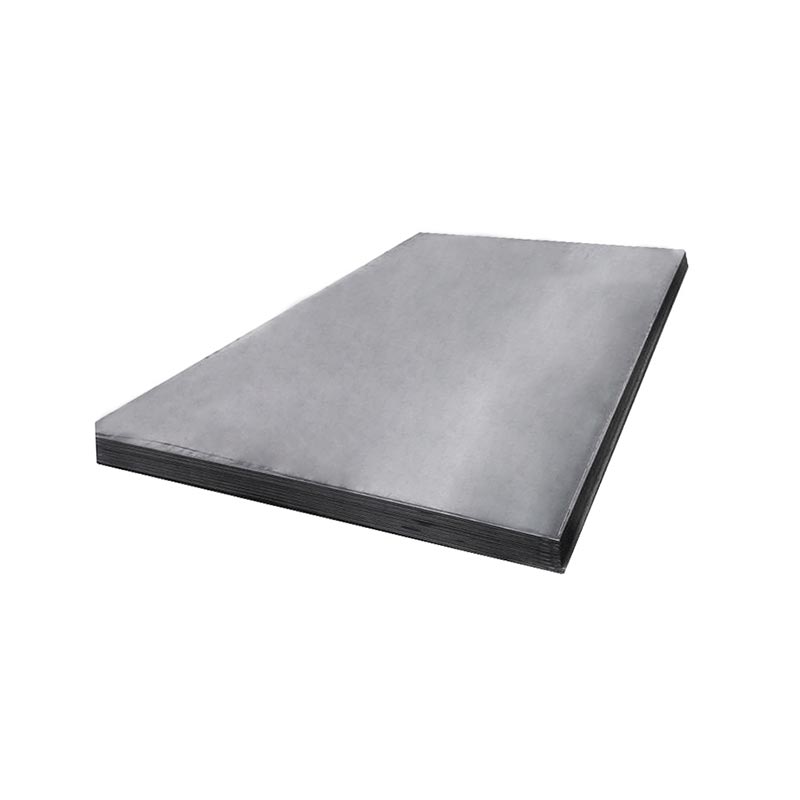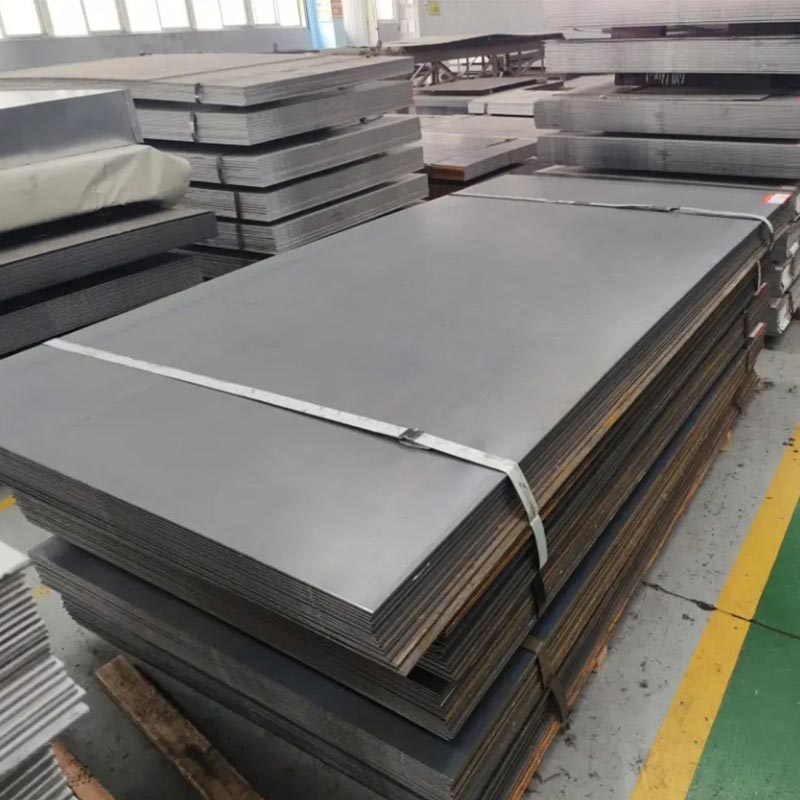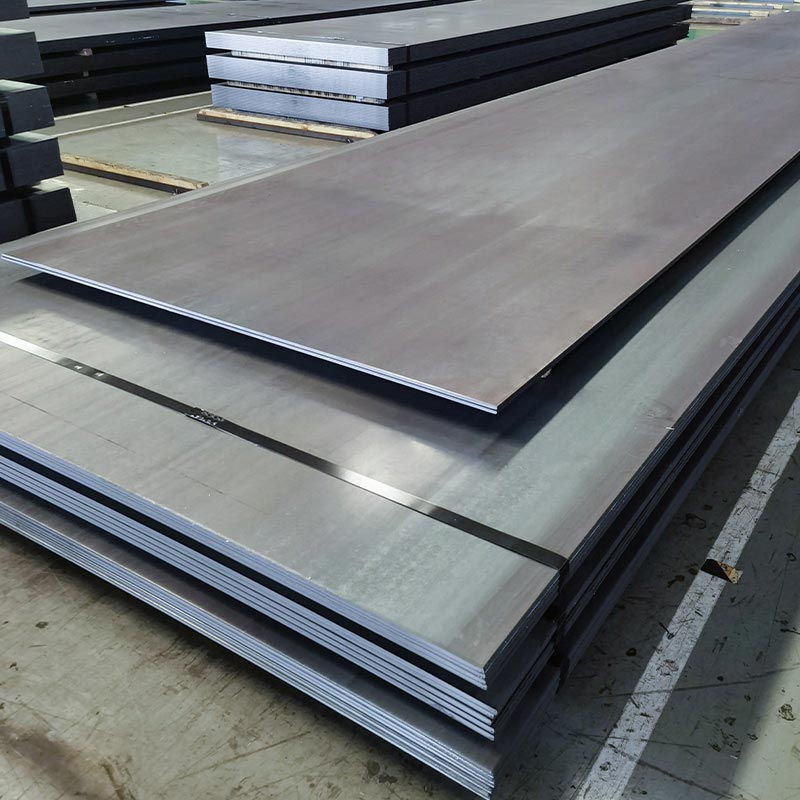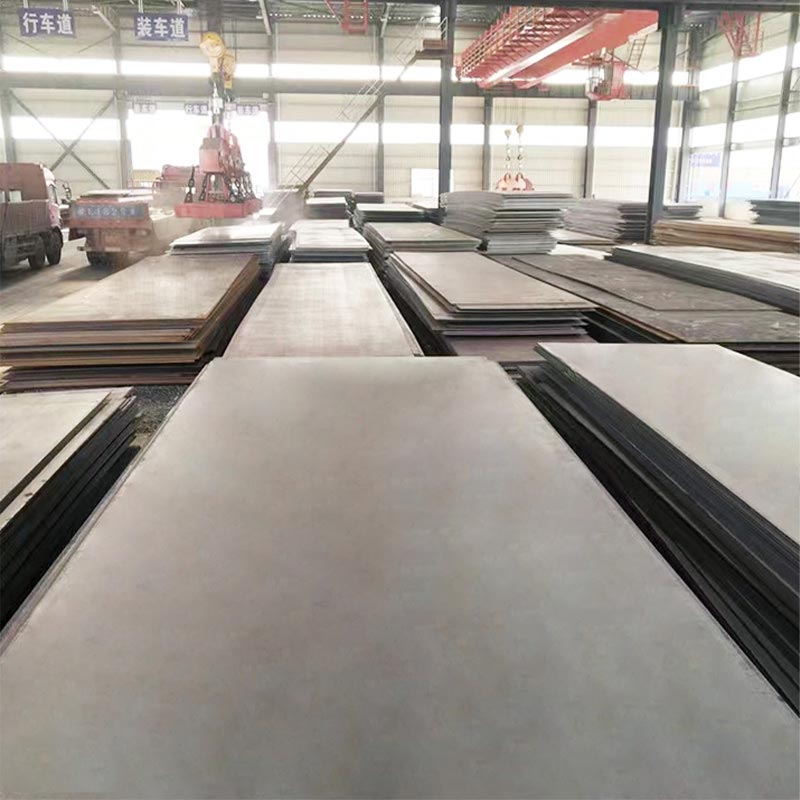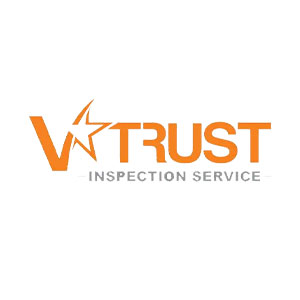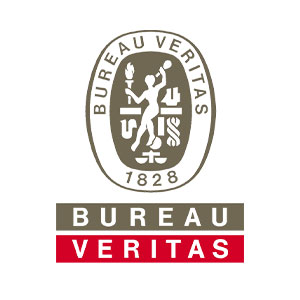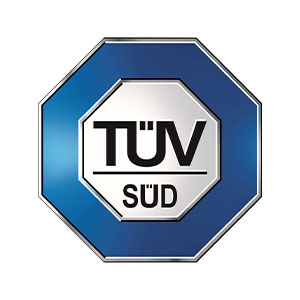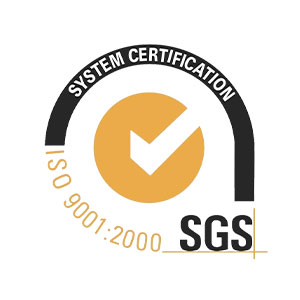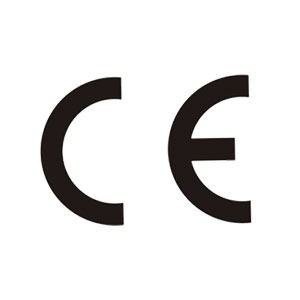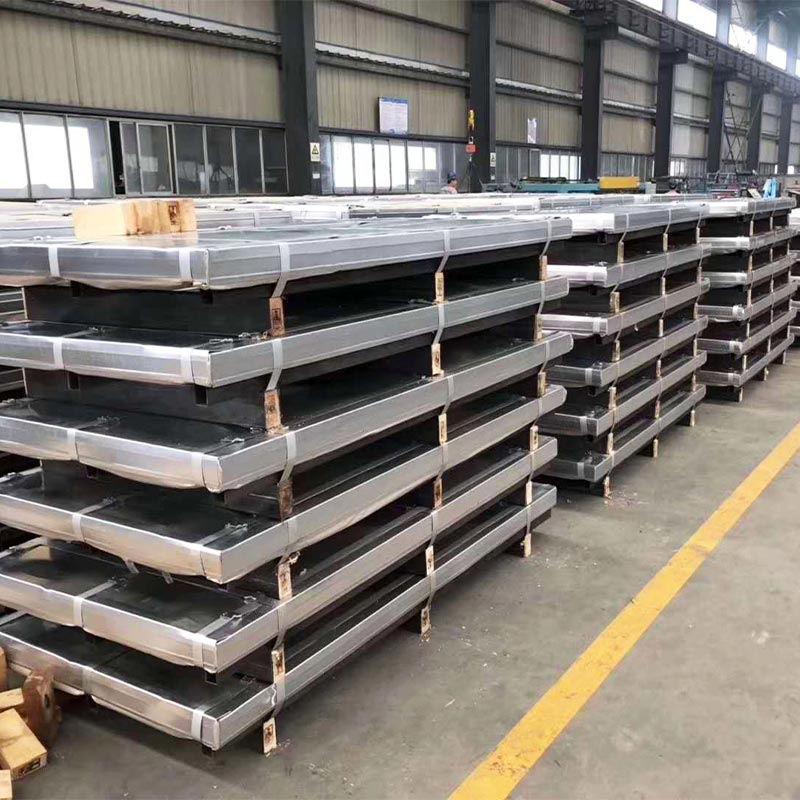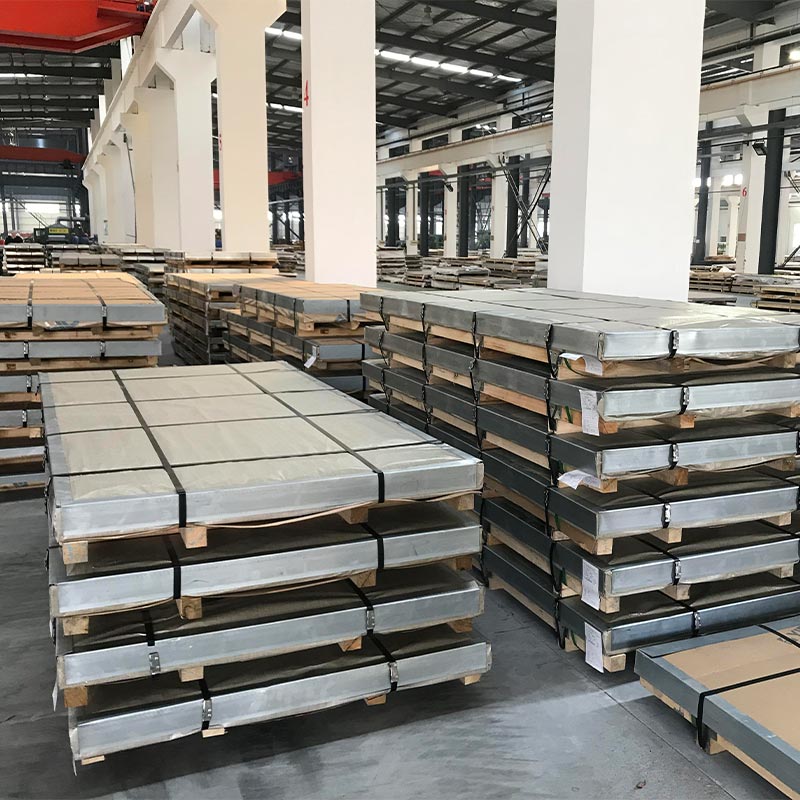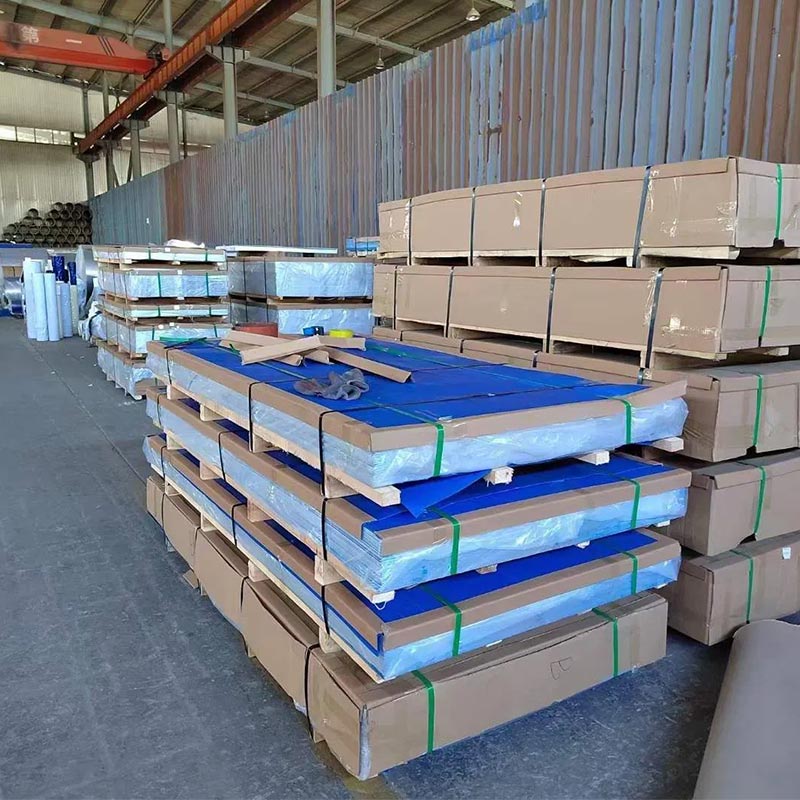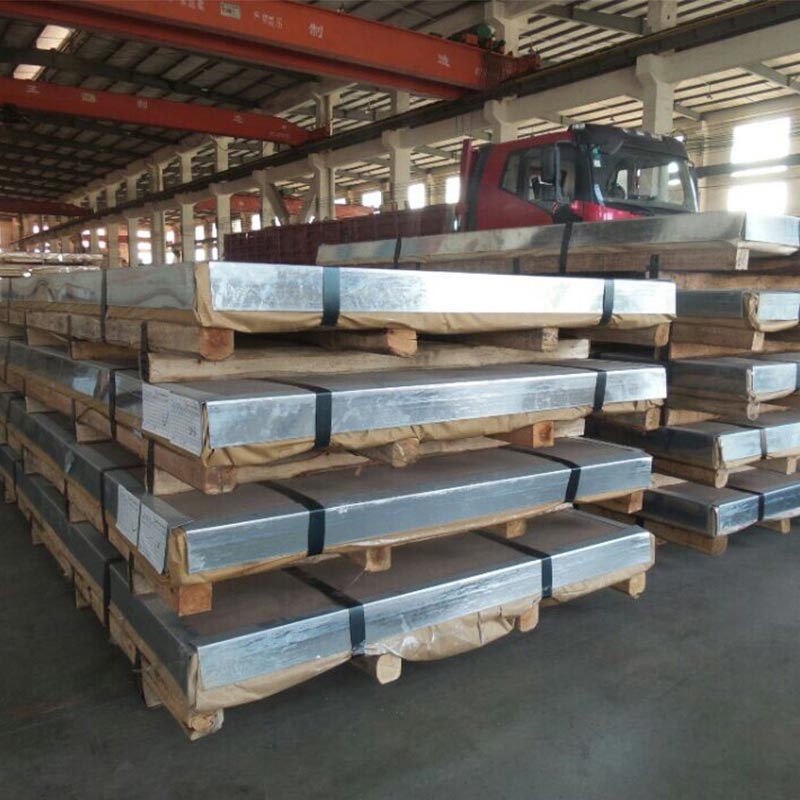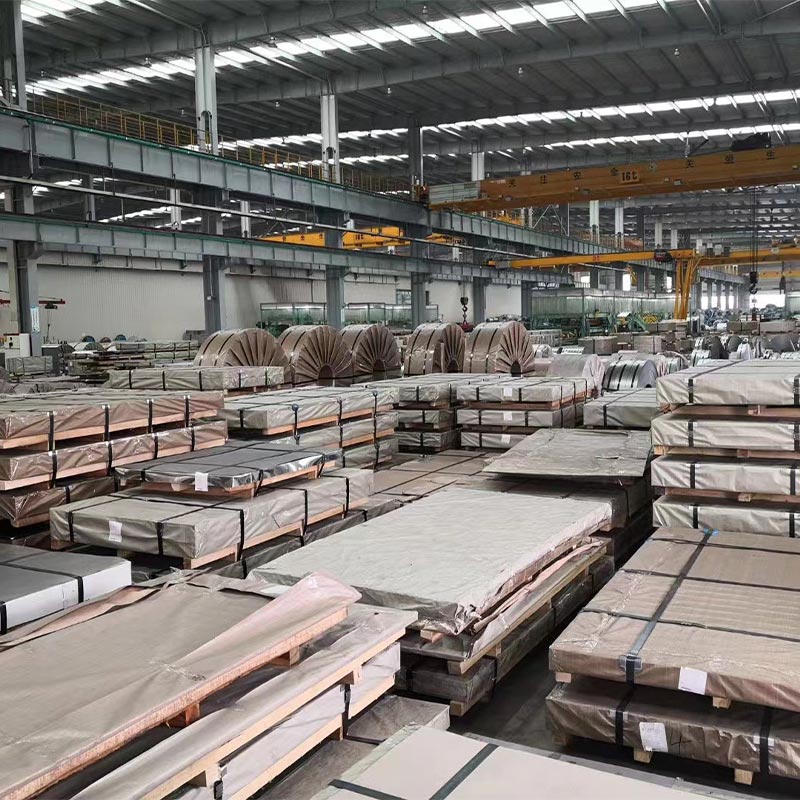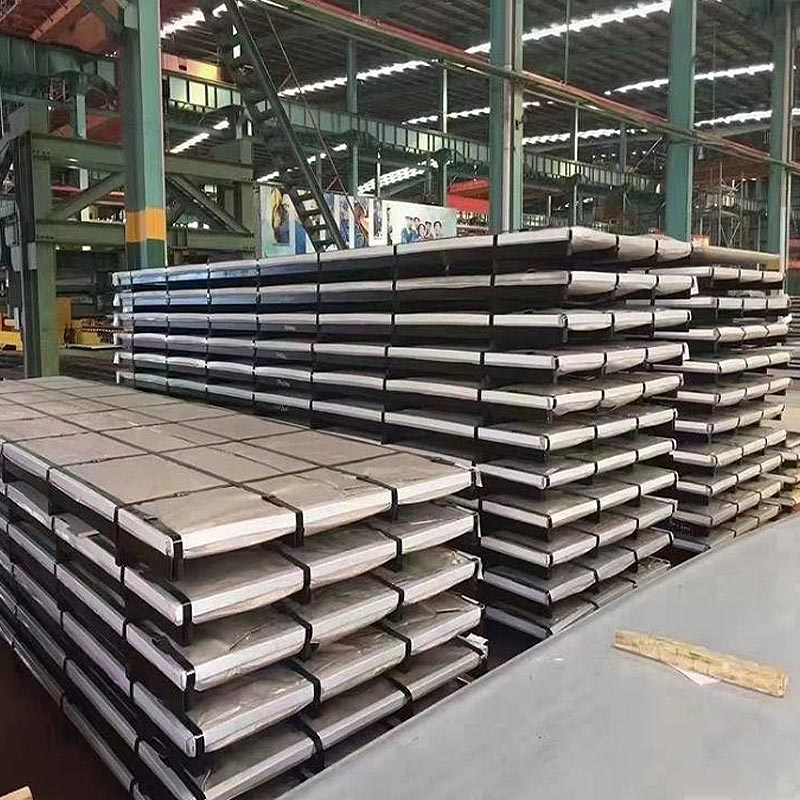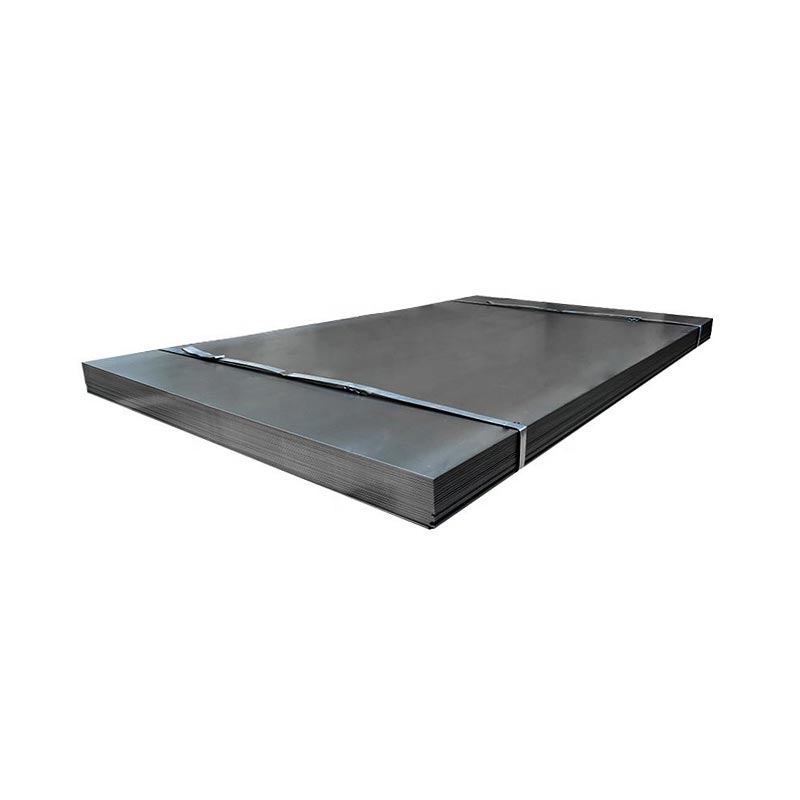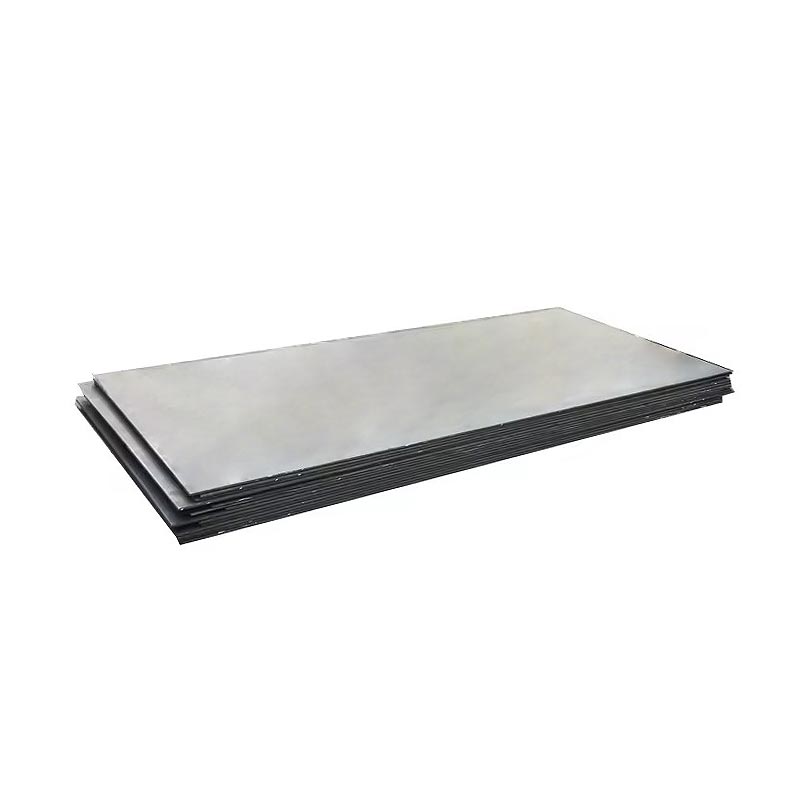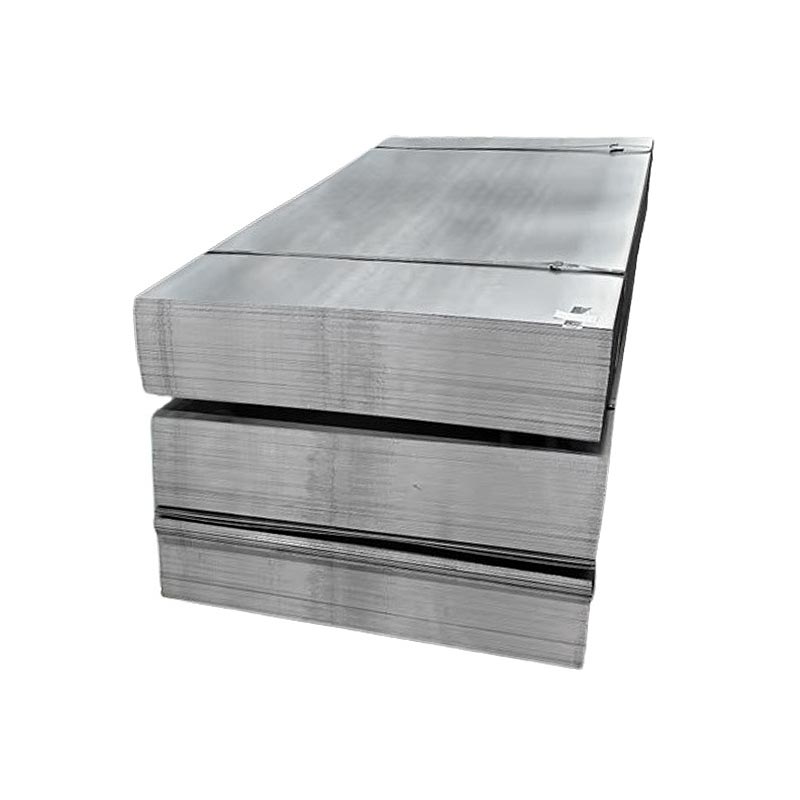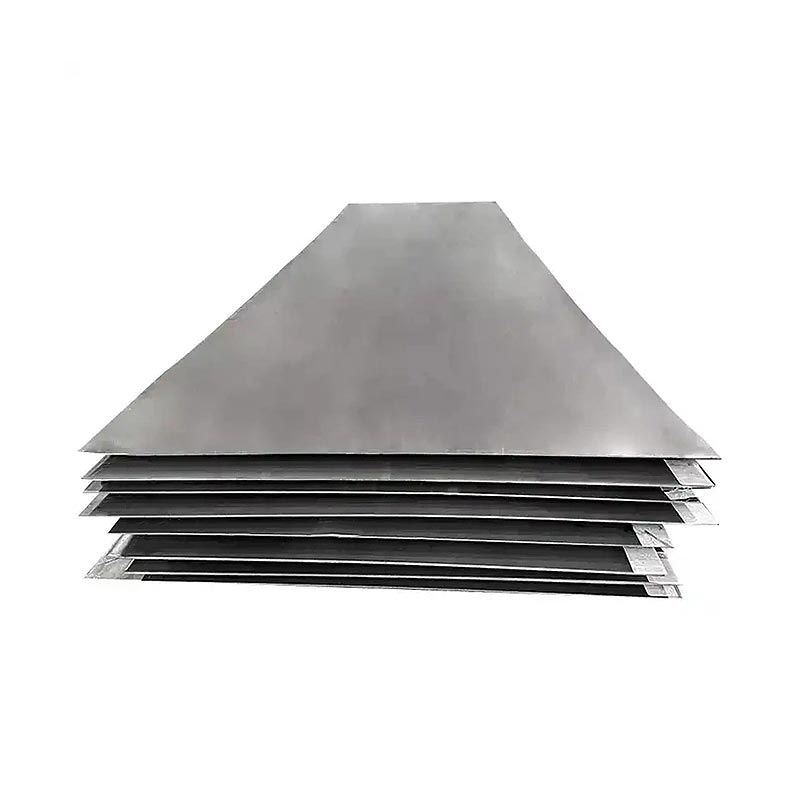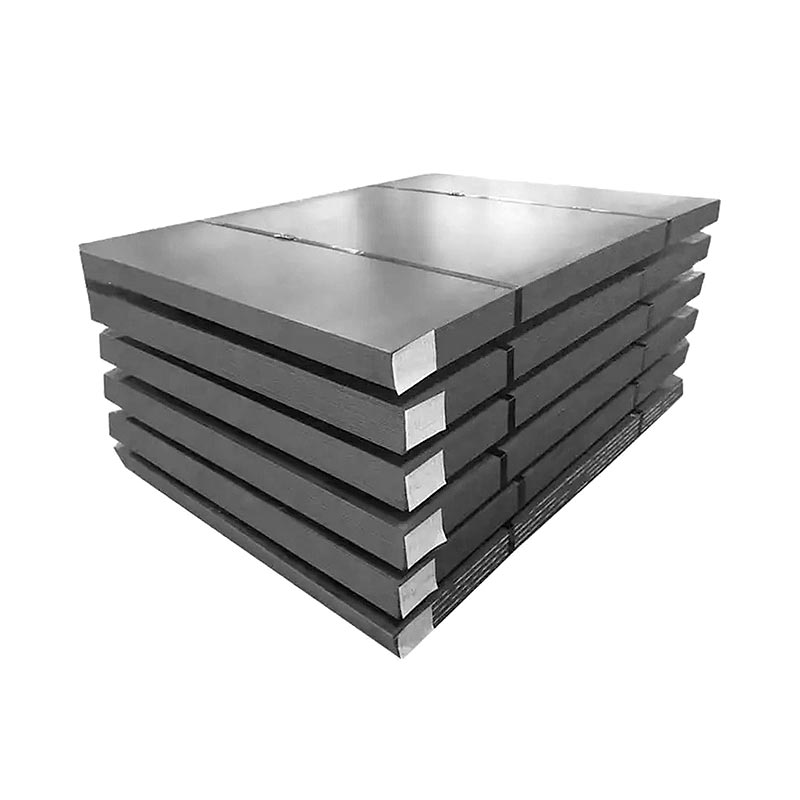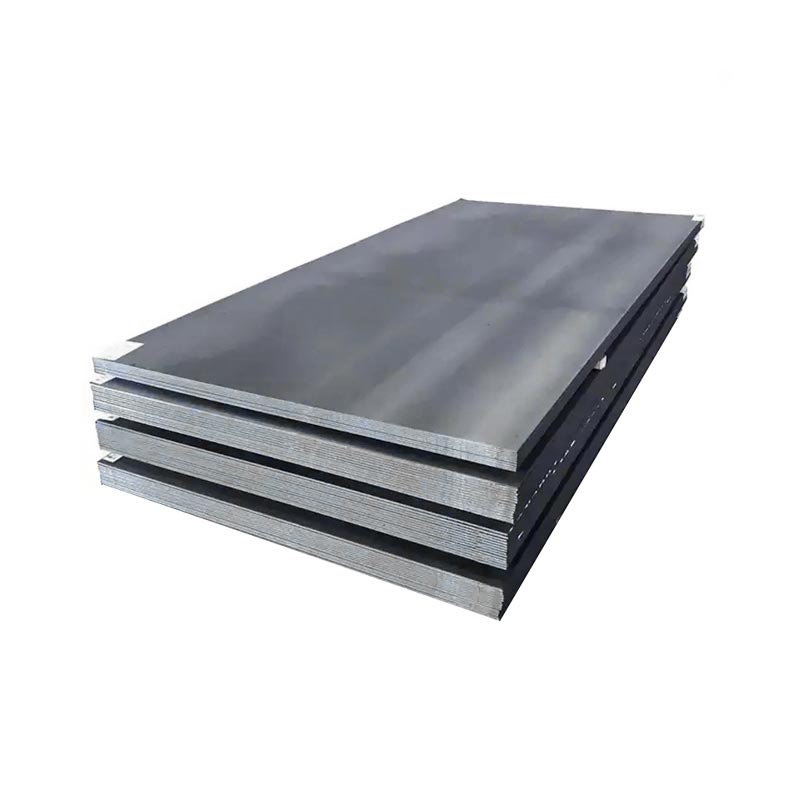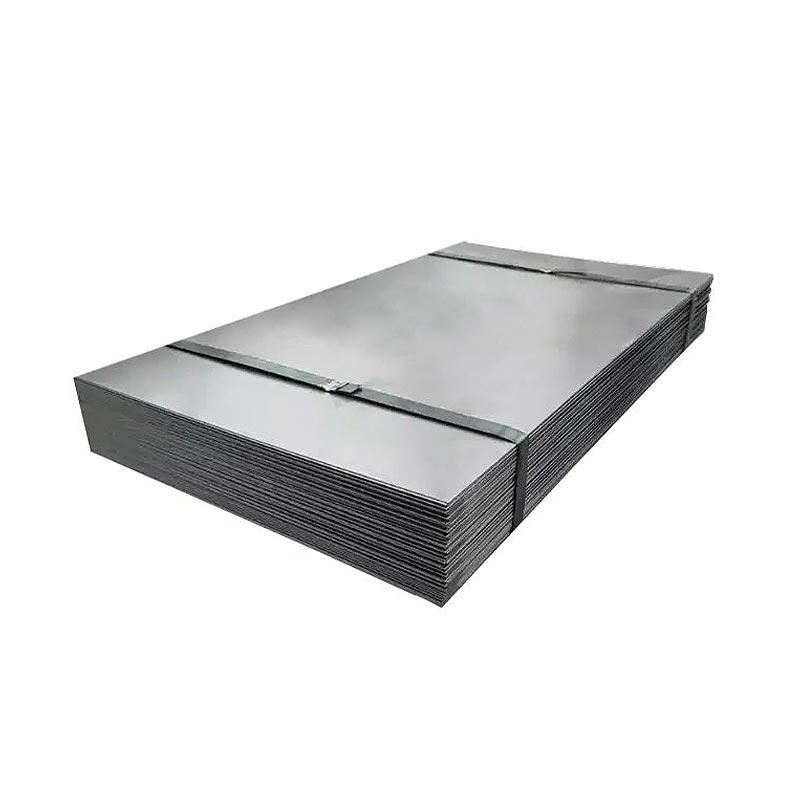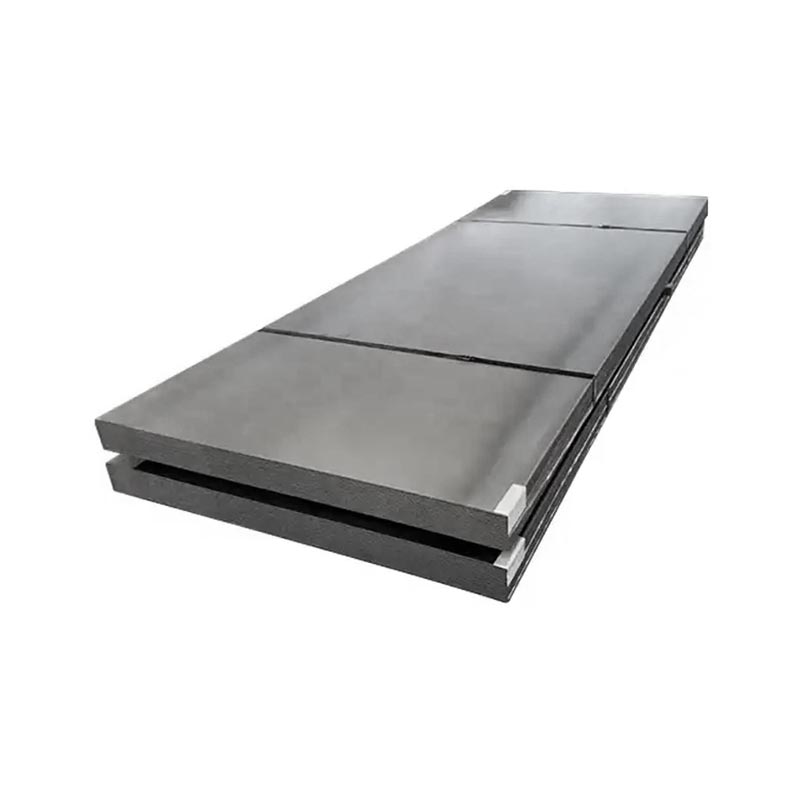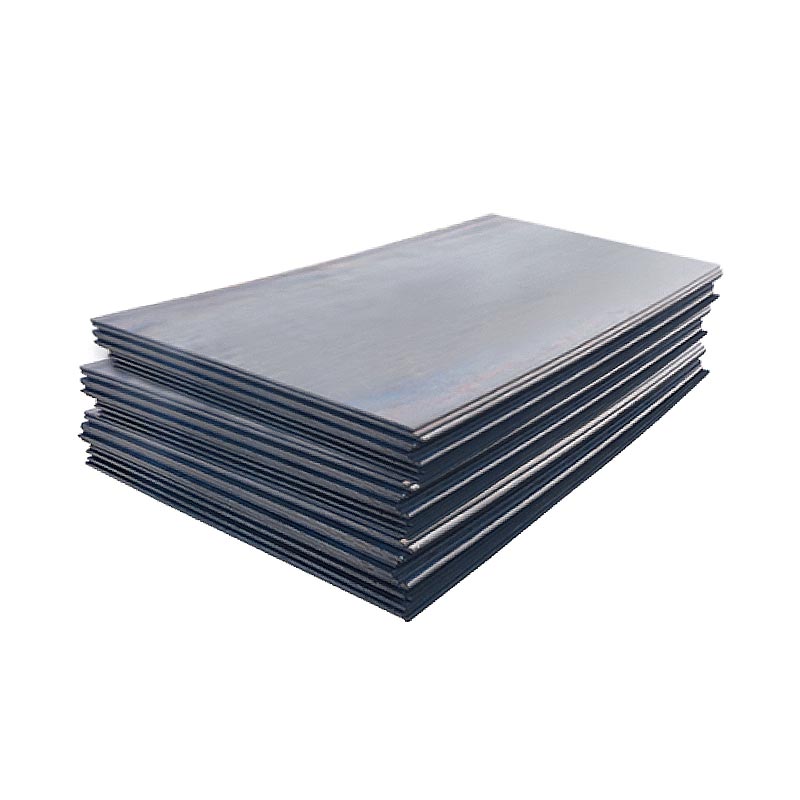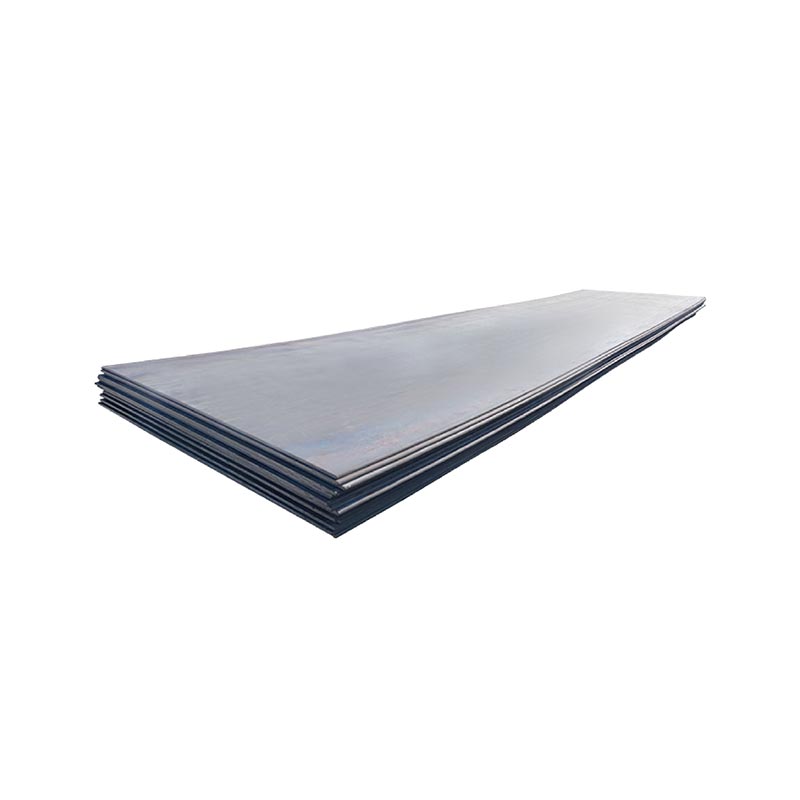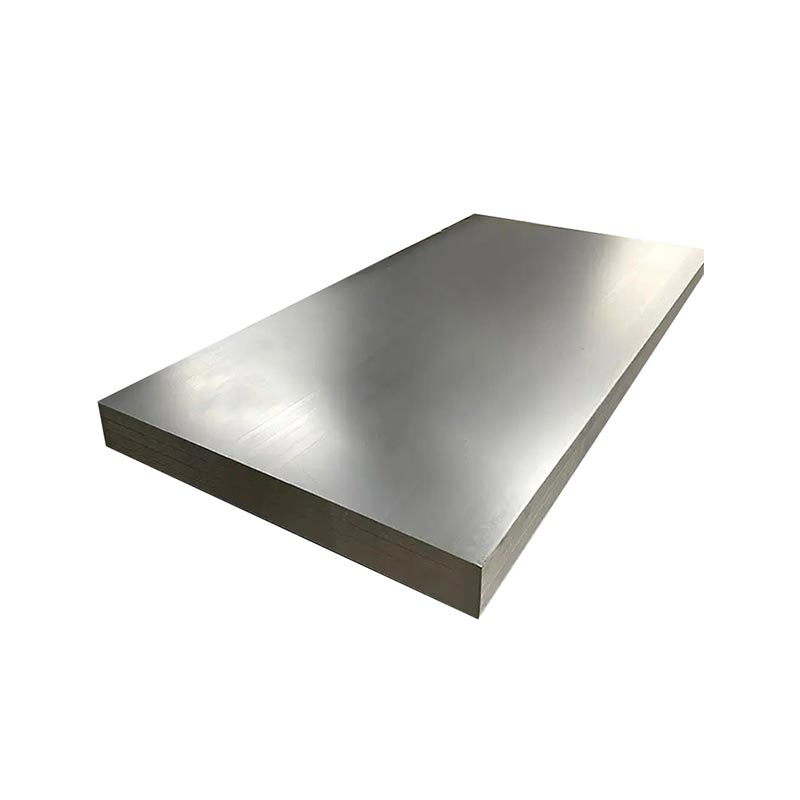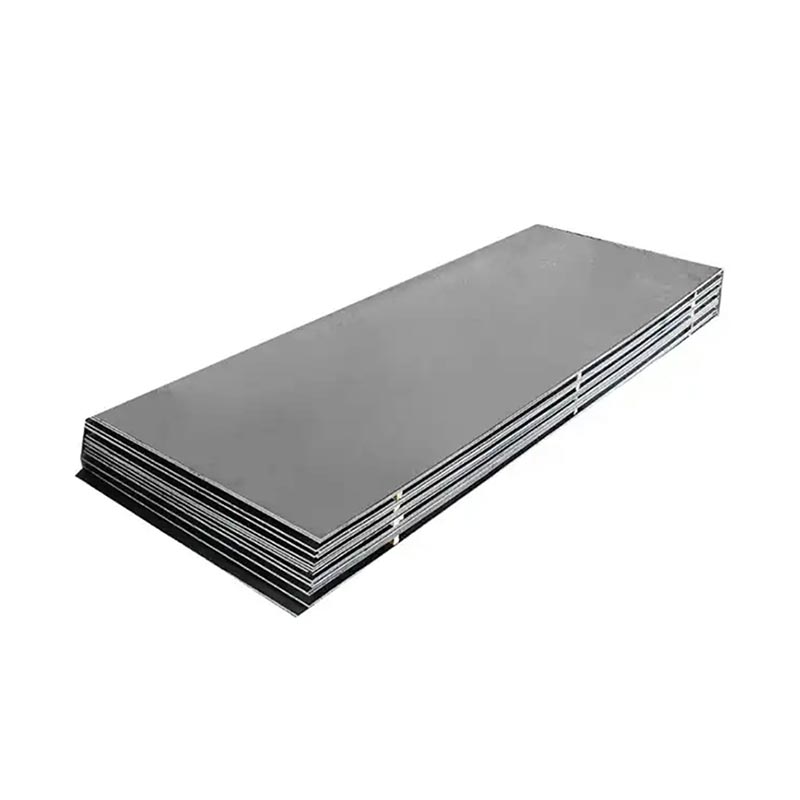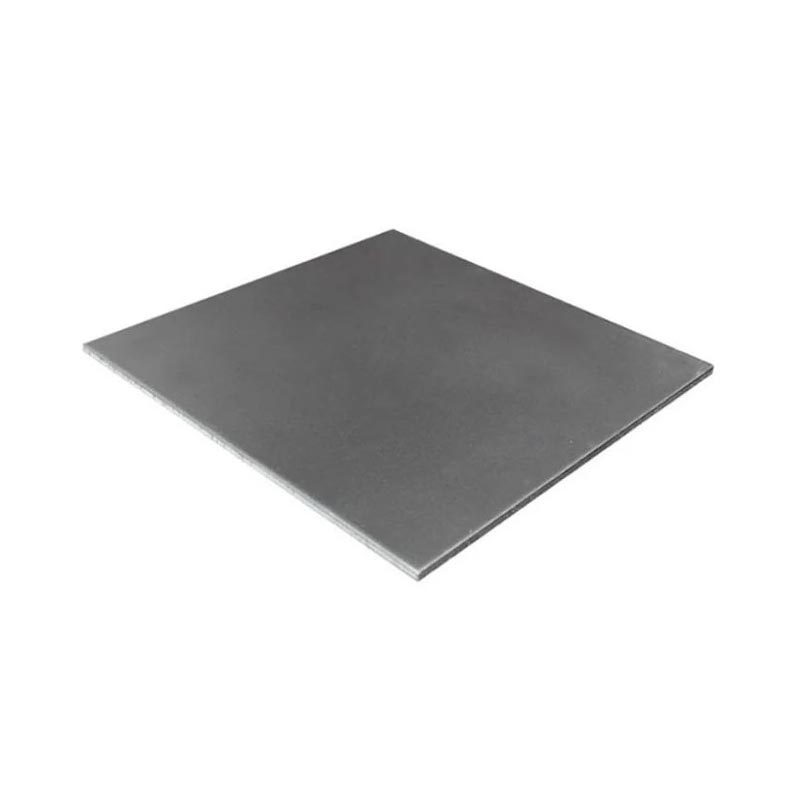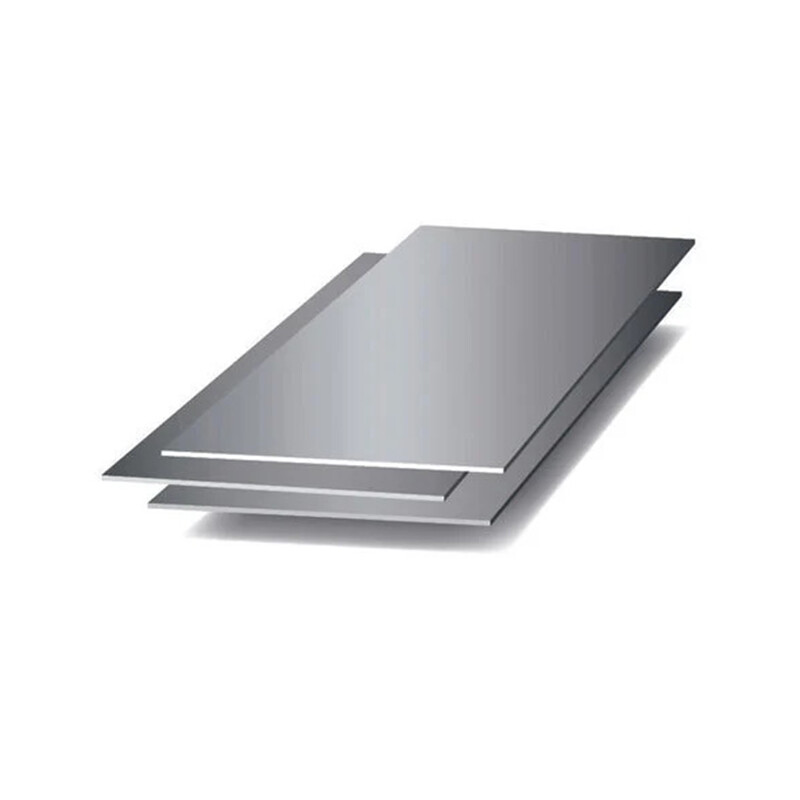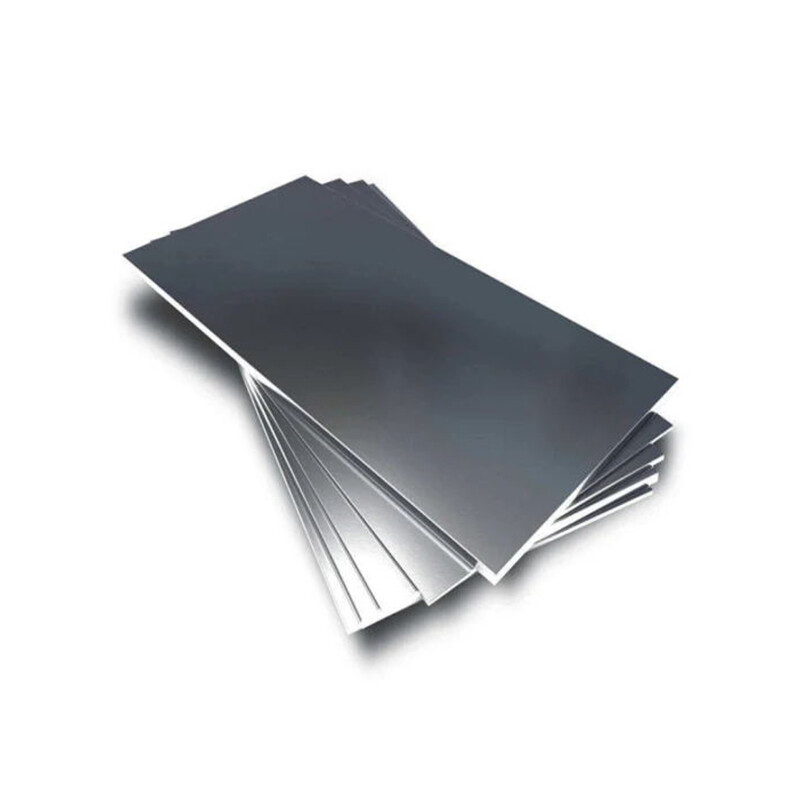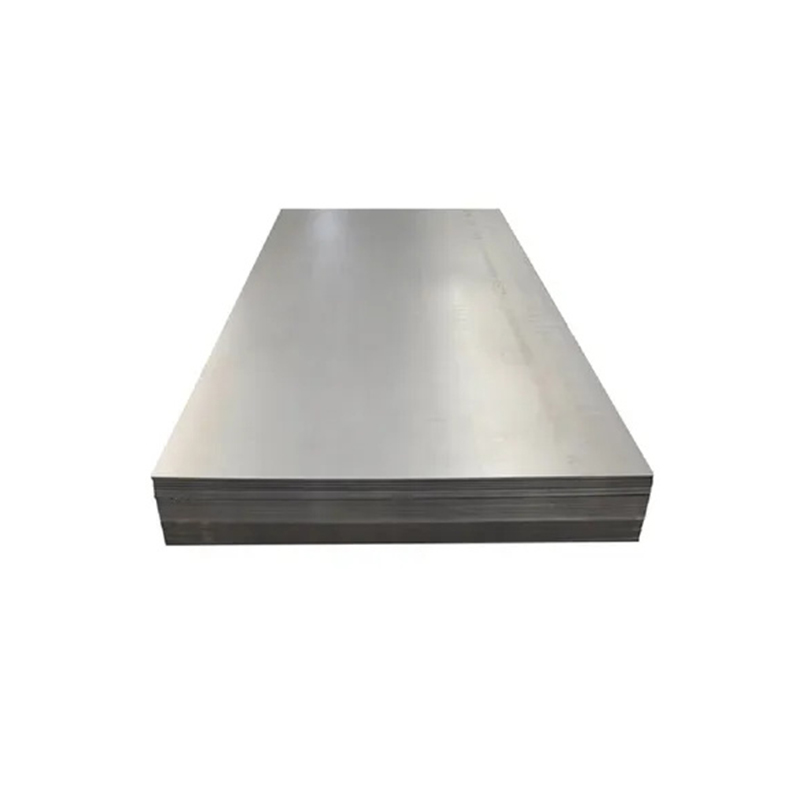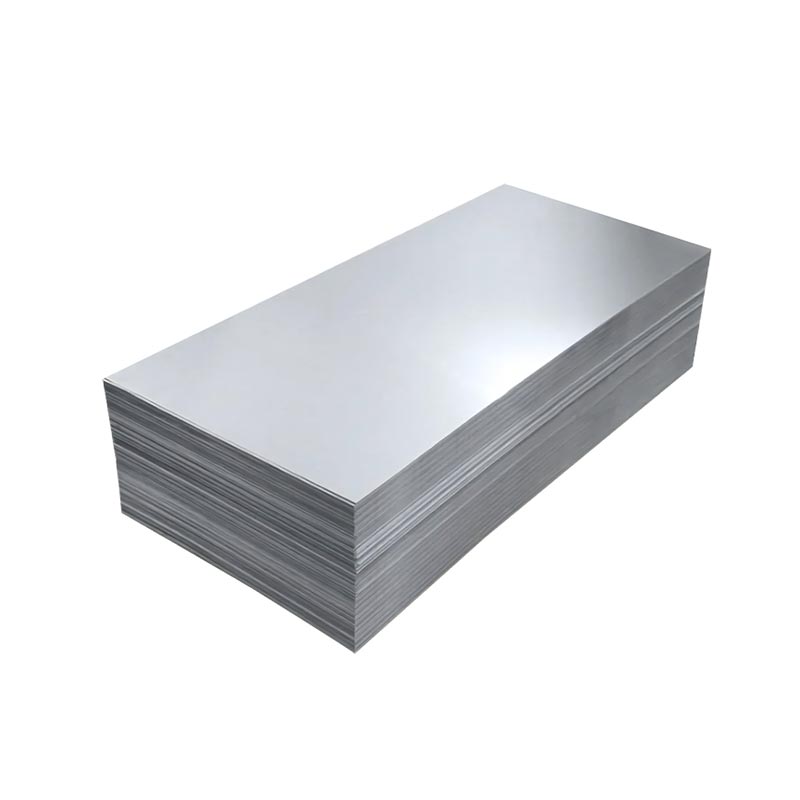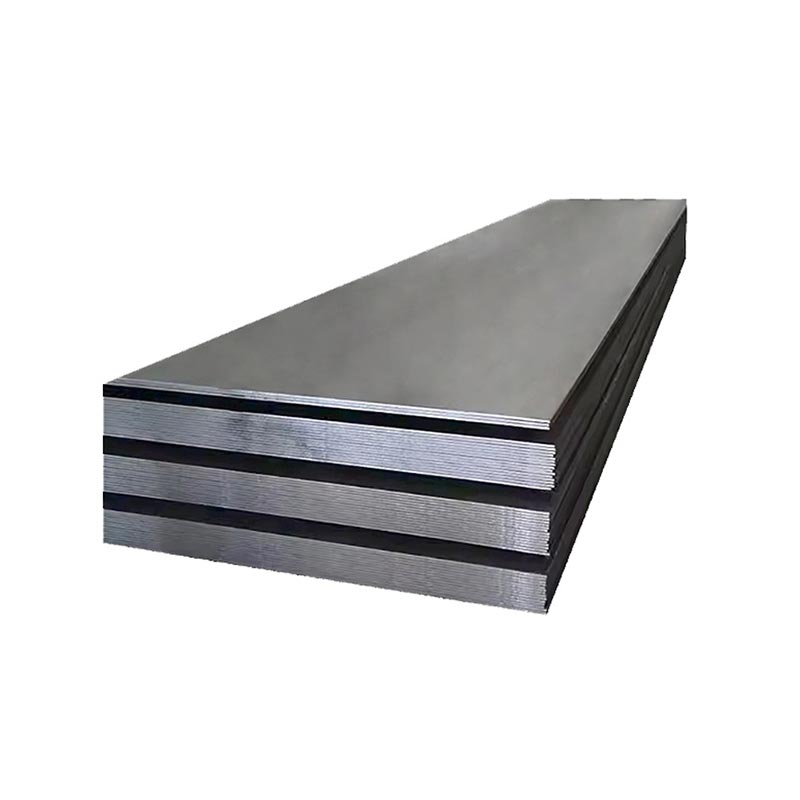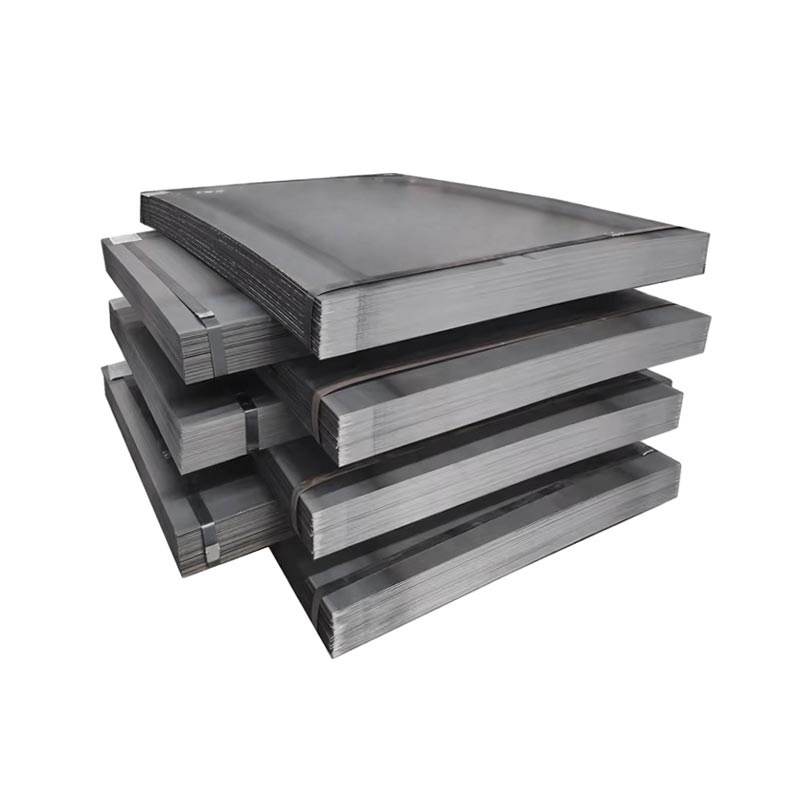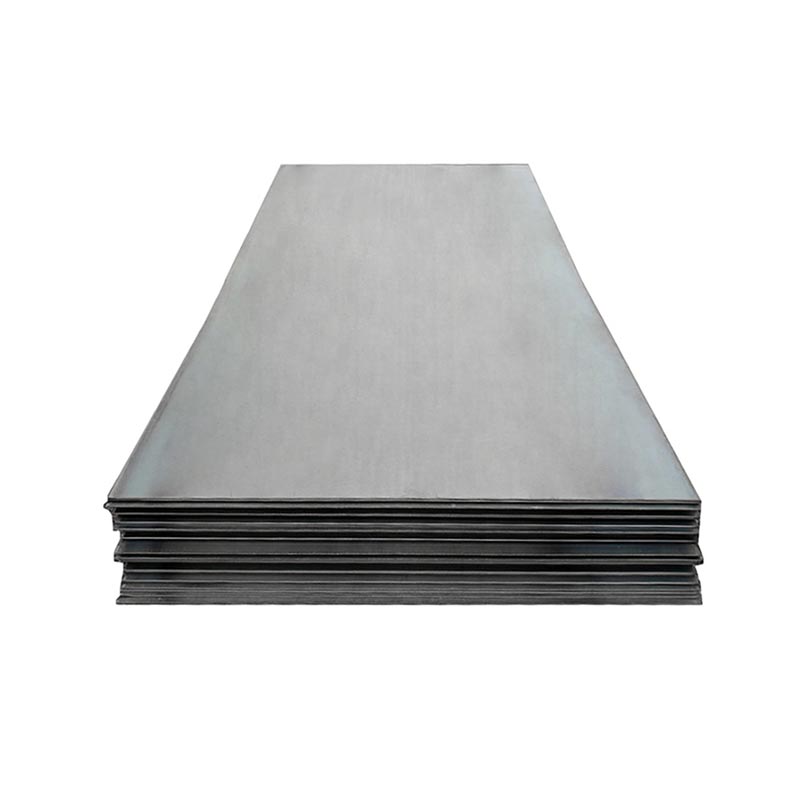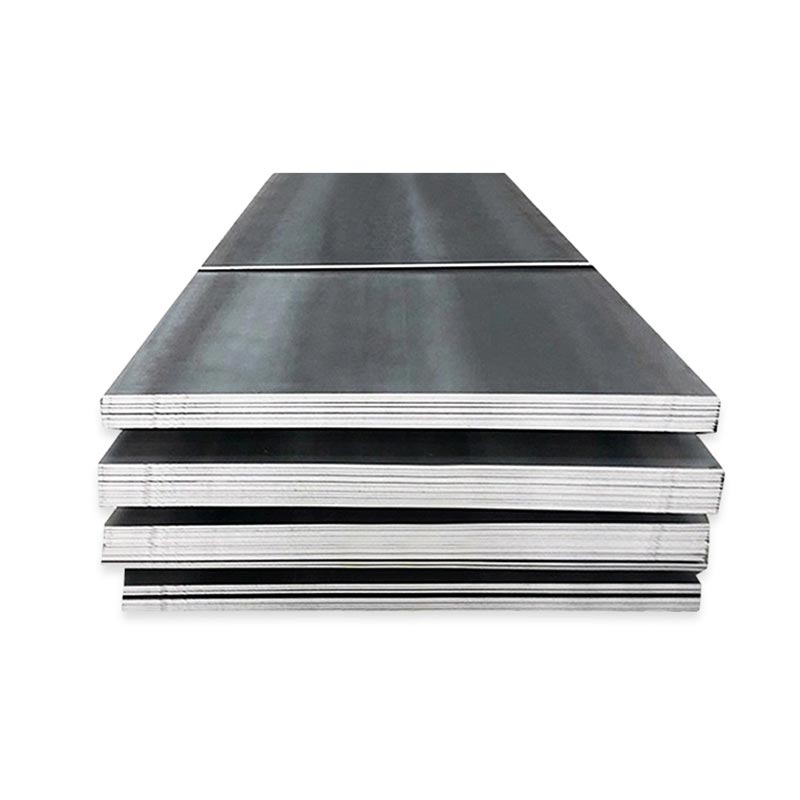Carbon Steel Plate
● A carbon steel plate is a flat sheet made from carbon steel, an alloy primarily composed of iron and carbon, with minimal other elements. It’s categorized by carbon content: low (≤0.25%), medium (0.25–0.6%), and high (>0.6%).
● Low-carbon plates offer ductility and weldability, ideal for construction or automotive parts. Medium-carbon variants balance strength and toughness, used in machinery. High-carbon types are hard but brittle, suited for tools or springs.
● Common grades include A36, S235JR, and A572. These plates vary in thickness, width, and finish, serving industries like construction, manufacturing, and energy for structural, industrial, or fabrication needs.
View Video
A533 Carbon Steel Plate
A533 is an ASTM standard carbon-manganese steel plate, designed for nuclear pressure vessel service. It offers exceptional toughness, even at low temperatures, and high strength. Available in grades B, C, and D (with D for lowest temps), it provides excellent weldability and resistance to radiation-induced embrittlement. Used in nuclear reactors and related safety-critical components requiring extreme reliability.
Get A Quick Quote!
You Can Leave Us A Message
or Send Us An Email!
Product Details
Product Parameters
Packaging and Transportation
Related Products
Leave Us Message
Please give us a message
What are you lookking for?

